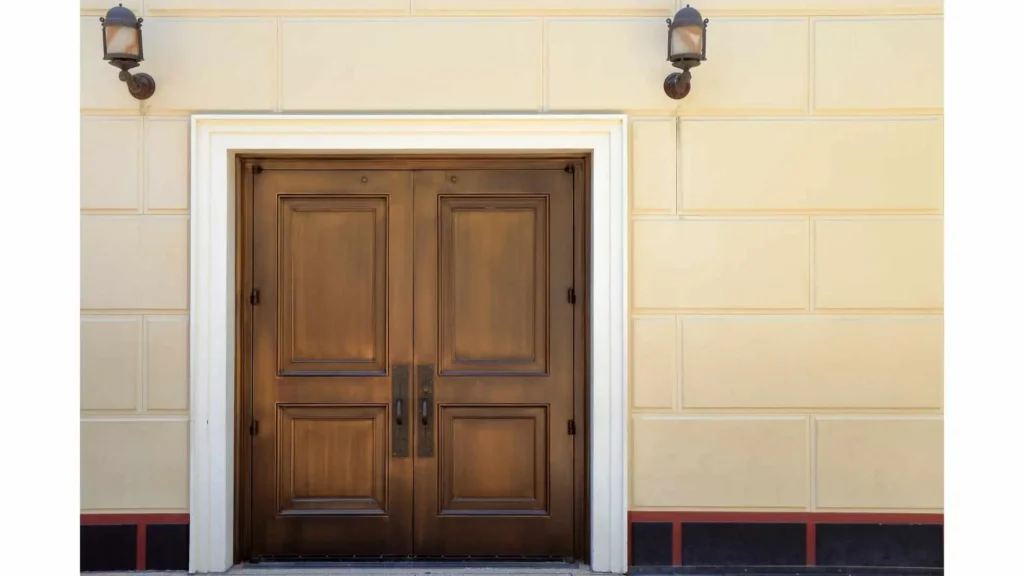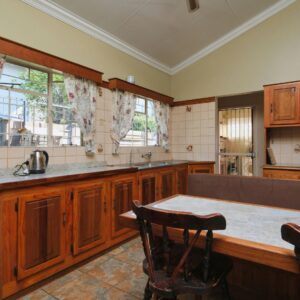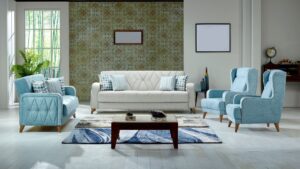Choosing the right plywood for your doors is very important. Doors need to be strong, durable and able to handle different weather conditions. But with so many plywood types available, it can be confusing to know which one is the best fit.
What is plywood?
Before you talk about the types it’s very important for you to understand what plywood is all about.
Plywood is made by glueing together thin layers of wood called veneers, the grain of each layer running perpendicular to the one below. The cross-layering gives plywood its strength and stability. Plywood is widely used in furniture, flooring and doors because it’s strong, lightweight and least likely to warp or crack compared to solid wood.
The Three Main Types of Plywood for Doors
When it comes to doors, the main plywood types you’ll come across are:
- MR Grade (Moisture Resistant) Plywood
- BWR Grade (Boiling Water Resistant) Plywood
- BWP Grade (Boiling Water Proof) Plywood
Moisture resistant
It is made using urea formaldehyde resin glue. It is designed to resist the monster and humidity but it is not waterproof. This means it can handle everyday indoor moisture but will get damaged if exposed to water for a long time. Interior doors and dry areas like bedrooms, living rooms or offices. You can even use it where the door won’t face water splashes or heavy humidity. It is affordable and widely available and suitable for most indoor doors. Not suitable for bathrooms or kitchens.
Boiling water-resistant plywood uses phenol formaldehyde resin glue making it much more water resistant as compared to moisture resistant plywood. It can resist boiling water for a certain time without damage. Which means it can handle moisture areas better. You can generally use it for kitchen doors, bathroom doors or doors in areas with moderate humidity. It is more durable in moist conditions and also resistant to fungal attacks. Slightly more expensive but not completely waterproof.
Boiling waterproof plywood is the highest grade when it comes to water resistance. It is completely waterproof and uses best quality glue that can withstand constant water exposure. It is even resistant to termites and fungus but more expensive.
Major Differences
| Feature | MR Grade | BWR Grade | BWP Grade |
| Water Resistance | Moderate (Moisture Resistant) | High (Boiling Water Resistant) | Very High (Boiling Water Proof) |
| Glue Used | Urea-formaldehyde resin | Phenol-formaldehyde resin | Phenol-formaldehyde resin (higher grade) |
| Ideal Use | Indoor dry doors | Kitchen, bathroom doors | Exterior, wet area doors |
| Cost | Low | Medium | High |
| Durability | Moderate | High | Very high |
| Pest & Fungi Resistance | Moderate | High | Very high |
Which one should you choose?
| Location / Condition | Recommended Plywood Type | Why? |
| Indoor, dry rooms (bedrooms, halls) | MR Grade | Cost-effective and sufficient for dry areas. |
| Moist or humid indoor areas (kitchen, bathroom) | BWR Grade | Resists moisture and fungal attacks better. |
| Outdoor or high-moisture exposure | BWP Grade | Fully waterproof and durable for harsh conditions. |
So above all you need to know that your door is one of the first things that people notice when visiting your home. It needs to be beautiful and also strong and reliable. Choosing the right plywood type is very important to getting the doors that last long and look great. Remember, a little extra investment in good quality plywood now will save you from costly repairs and replacements later. If you want advice on door designs or finishes that glow well, choose experts who can help you.





